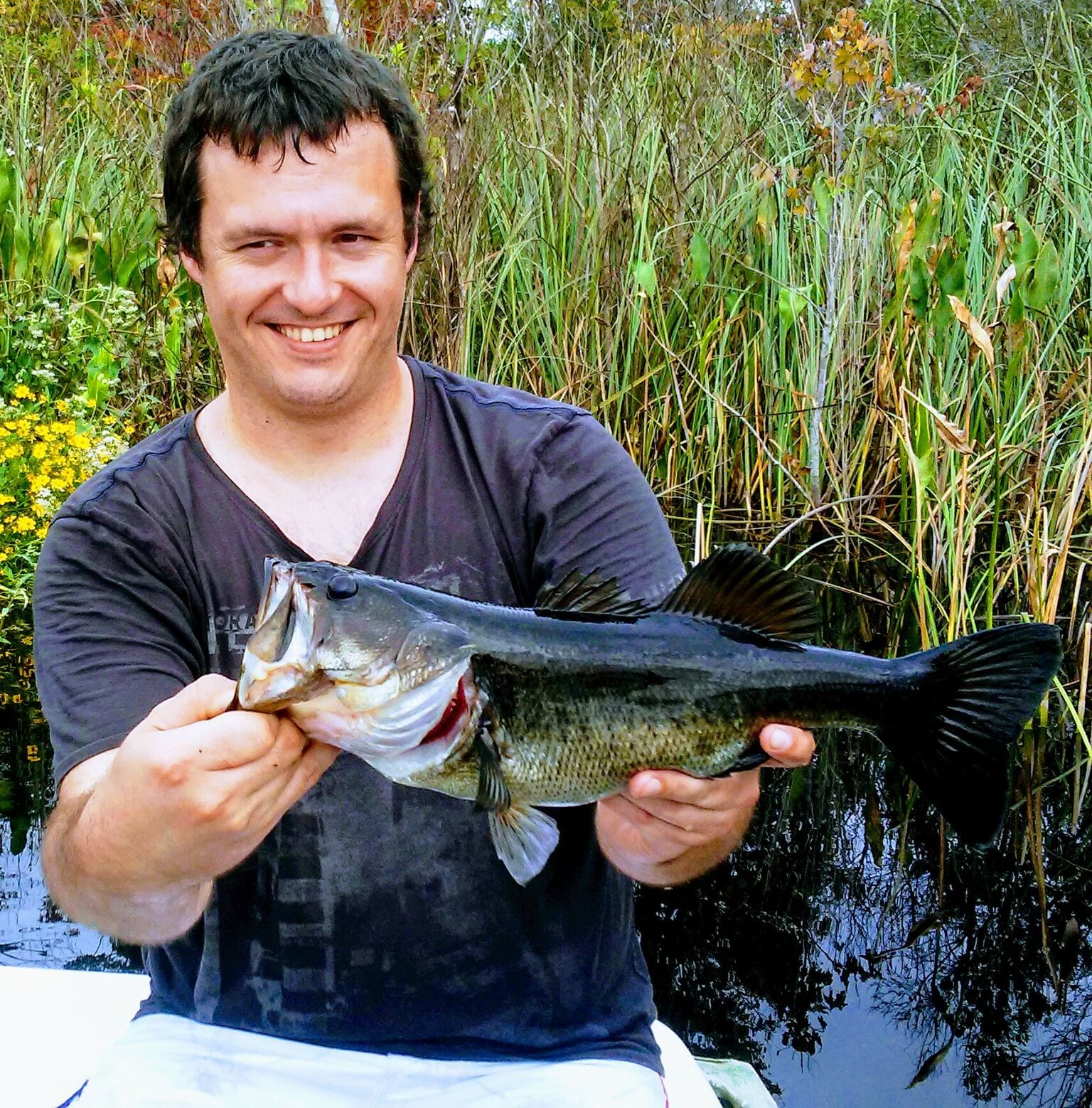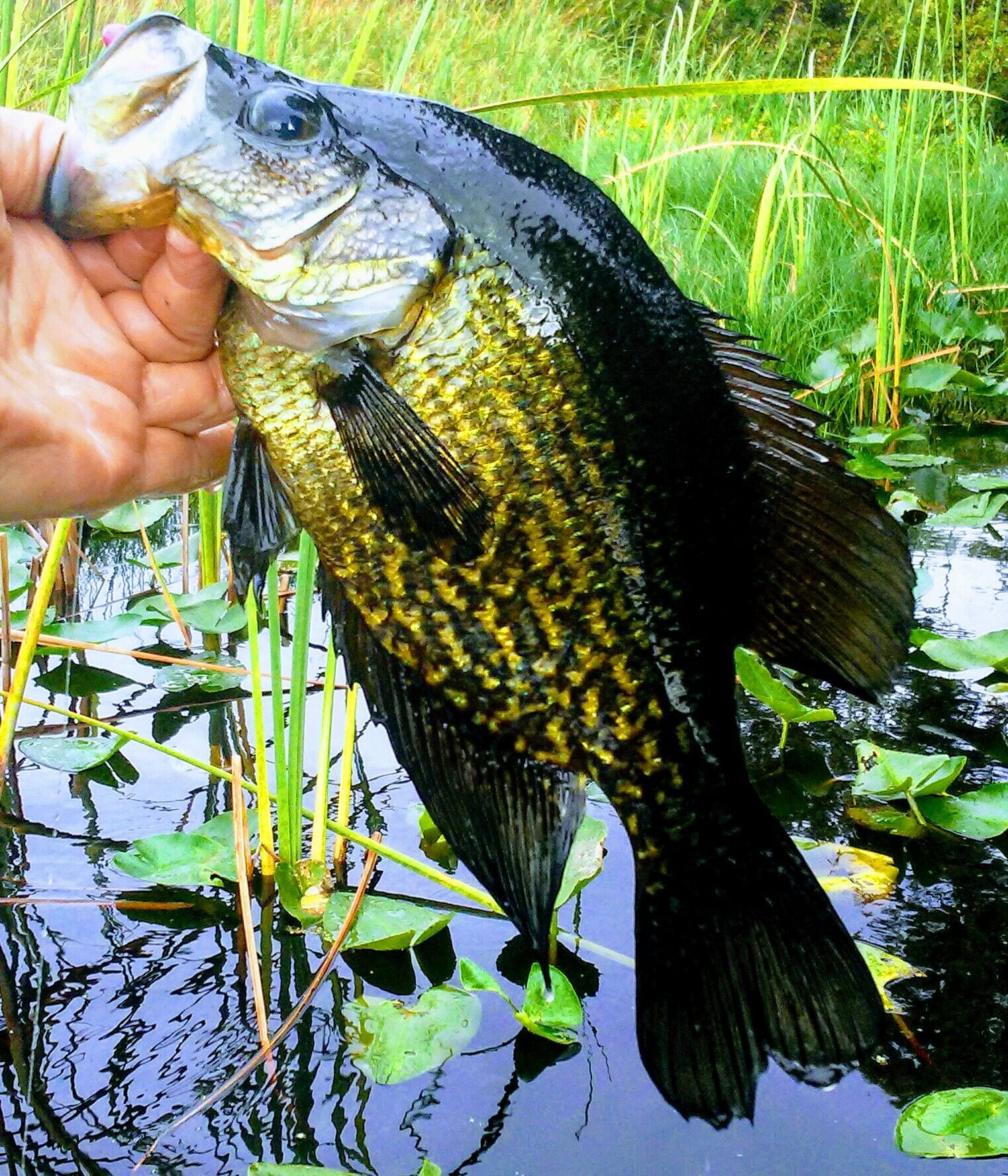CENTRAL FLORIDA INLAND
We’ve made it to the end of the year forest fishers. Mother Nature has gone through a lot of changes during 2018, and most were for the better. There are many new areas to explore, and our fresh crop of gamefish is as thick and healthy as ever.
For the next few months, most anglers will be focused on crappie (speck) fishing. I’ve been looking forward to catching these emerald beauties myself, and we’ve started seeing quality sized fish already. While most specks are feeding around deep water ledges, I’ve found larger fish hiding inside shallow vegetation.
Everything out here eats minnows, and there are plenty to eat this year. You can see schools of them rippling the surface when you pull up to a good fishing spot. Luckily, minnows are the cheapest bait possible; so grab extra before you hit the water. Also, make sure to bring a variety of crappie jigs, and experiment with each until you figure out which technique works best.
While fishing for crappie, you’ll catch all the other freshwater species as a bi-catch. Largemouth bass are common, as well as catfish and sunfish. Note: I’ve seen some interesting patterns on bass lately; which tells me that our lakes have other (rare) genetics swimming around in them.
During winter, most people go fishing to harvest meat for the freezer. We all love a good fish fry, but make sure not to overfish your honey holes. If you prefer small lakes, try to alternate between them. We want to keep the population healthy. Moss Bluff and Rodman Dam are popular spots for shoreside anglers, and those fish can reload daily. For boaters, the St. John’s and Ocklawaha River have plenty of room to spread out, and they’re the best for anglers wanting to fill a cooler to the brim.
One of our most beautiful spots is Lake Eaton. With a huge fishing dock, bathrooms, boat ramp, and campsites, it’s a great place for children or anyone new to the area. It’s basically the “heart of our forest”. Lately, I’ve noticed that this lake is almost completely topped out with hydrilla. Once a lake tops out, the oxygen and sunlight is choked off, killing all the fish. While the fishing’s good now, I’ve contacted the USDA Forest Service to make sure it stays that way. I’ll keep you informed on it’s progress.
All signs have pointed towards a great winter season, and a great future for our forest’s aquatic life. I can now say with confidence, that the numbers and quality of fish have increased dramatically. Prairies are producing great catches in areas, that were bone dry a few years ago. Hiring an experienced guide, with knowledge of this ever changing ecosystem, is a great way to safely explore the forest; and of course, catch some biggins’!




